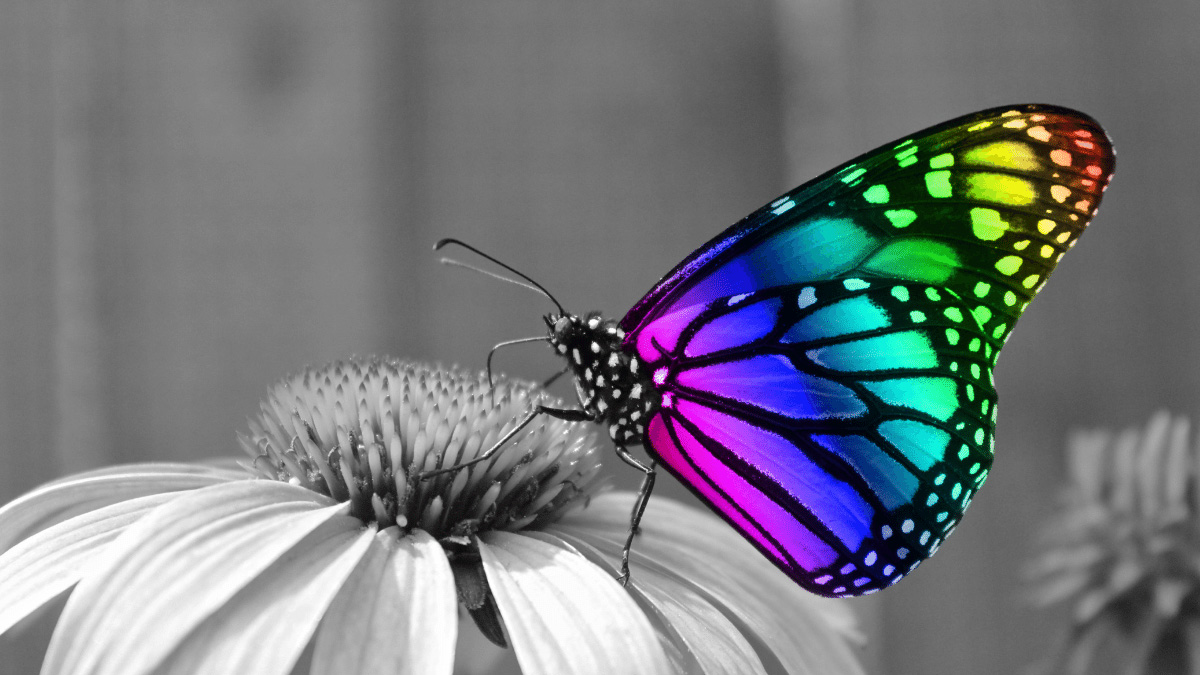 To celebrate National Inclusion week, education actuary Sally Calder has written a blog series on neurodiversity, with a focus on autism. In part two, she explores what autism means to her. The six-part series covers self-identification, diagnosis, stigma, and strengths and challenges. She also highlights what we, in the spirit of inclusivity, can all do to support neurodivergent individuals.
To celebrate National Inclusion week, education actuary Sally Calder has written a blog series on neurodiversity, with a focus on autism. In part two, she explores what autism means to her. The six-part series covers self-identification, diagnosis, stigma, and strengths and challenges. She also highlights what we, in the spirit of inclusivity, can all do to support neurodivergent individuals.
Following on from my revelation last time, let me just recap. I’m autistic and I shared 20 characteristics that point towards this in my first blog post.
This time, I’m going to say a little more about what autism means to me. I’ll talk about having grown up in a time when autism was misunderstood, misdiagnosed, mistreated, and misrepresented.
It’s a recent revelation, and I’ve told a few friends and colleagues. But this is the first time I’ve officially emerged from the closet of neurodivergence having been a chrysalis for most of my life.
In my last post, I gave the long answer before the short answer to ‘why am I an alien?’
The long answer covers the characteristics that make me who I am, most of which are invisible to others. No two autistic people are the same. I hope that by making you read the long answer before revealing the label, I was able to demonstrate this.
I’m proud of the label. It’s helped clarify a lot (lightbulb moment!). But the label carries stigma and stereotypes. Think Rain Man, Forrest Gump, Sheldon Cooper. (Though I confess I identify a lot with Sheldon!)
Yes and no...
Neurodivergent individuals are not necessarily disabled. The environment in which we operate, which neurotypical individuals can take for granted, can pose challenges. It’s difficult for us to cope with seemingly simple tasks.
If you’d asked that question a few years ago it would have been a resounding ‘yes’.
When I was younger, autism was seen as a disability, no matter how far along the spectrum an individual was. And there was a lot of stigma. In 1998, a doctor published a paper in The Lancet linking the MMR vaccine to autism. Thousands of terrified mothers opted not to give their children the vaccine. They preferred to risk their children getting a life-threatening disease rather than them ‘becoming autistic’. Any actuary would tell you the evidence was inconclusive at best: the sample size was 12 individuals. The paper was retracted some 10 years later. But the damage was done.
Autism was viewed as a condition whereby individuals, usually male children, lived in their own worlds and were uncommunicative. Their only talent was counting 8,567 matches in a pile on the floor in a matter of seconds. And they had screaming fits in public to the embarrassment of everyone around them.
Later in my life, a professional suggested, third hand, that I could be on the spectrum. All this stigma might explain why the person who told me started with, “I really hope you don’t mind me telling you this, but…”
An autistic person has a brain that processes information differently from that of a neurotypical person. This could manifest in many ways such as an oversensitivity to specific stimuli. But also as a different way of identifying and processing information.
Imagine all neurotypical humans are Windows PCs. Autistic people might be viewed as poorly functioning PCs: often crashing or freezing, not responding to standard keystrokes, and in some environments not working at all. But we’re not defective PCs: we’re fully functioning MacBooks in a world built for PCs.
Greta Thunberg views her autism as a superpower, and I agree. My ability to hyperfocus means that I thrive on certain tasks that require attention to detail or the ability to process information. I spot patterns that may otherwise go unnoticed.
Autistic people are generally viewed as sticking to routines and having no creativity. But all my life I’ve had to come up with creative solutions to problems I’ve faced in a world in which I don’t fit.
Yes, you heard that right: autistic people can be incredibly creative compared to neurotypical individuals! But you’ll have to wait until part three to find out how and why.
National Inclusion Week is a week dedicated to celebrating inclusion and taking action to create inclusive workplaces. Learn more at National Inclusion Week 2022.